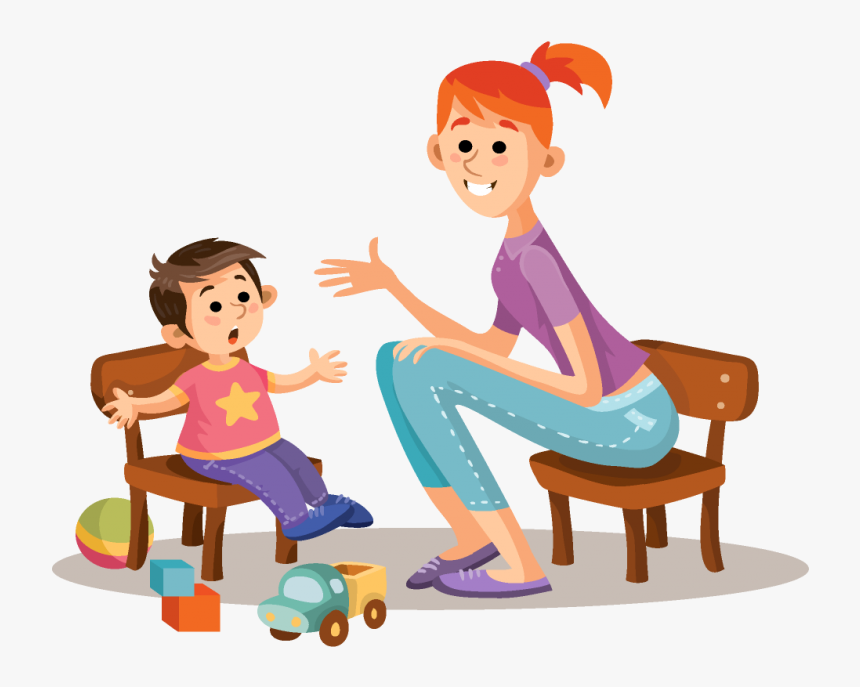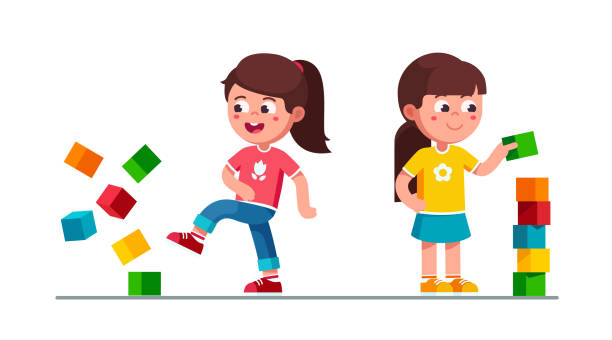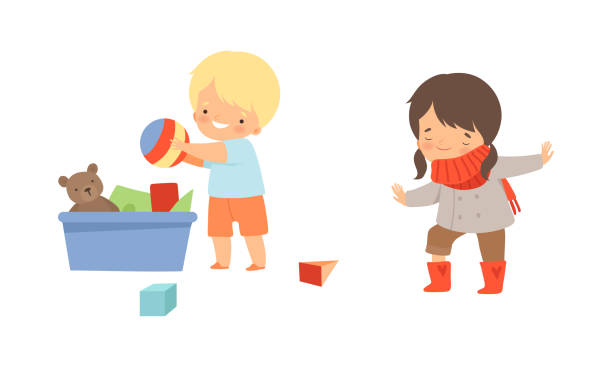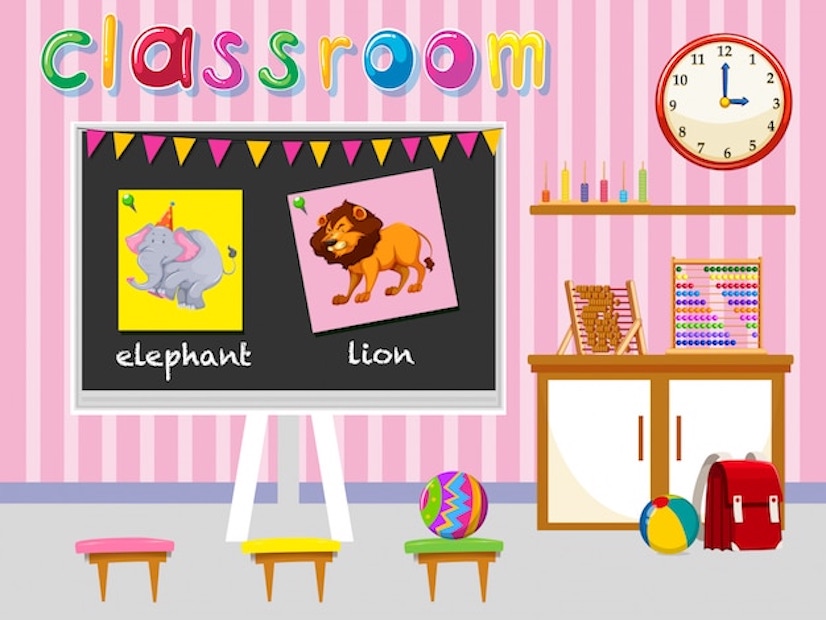Biography
Determining the Right Time to Introduce Montessori Toys, Tasks, and Activities to Kids.
Engagement in play starts early in a child’s life and has a positive impact on their development. Through play, children engage with the physical and social aspects of their environment, allowing them to face challenges and acquire new skills. A child’s development, health, and well-being are all enhanced through play.
Sir Ken Robinson‘s TED Talk, “Bring on the Learning Revolution,” advocates for a student-centered learning environment, especially in early childhood. This approach lays a solid foundation for the development of social, emotional, cognitive, and physical skills, promoting lifelong learning.
Children learn best when they engage in diverse activities. However, should we inundate them with an abundance of toys and tasks for learning purposes?
To successfully apply the Montessori philosophy’s activity and material rotation in a home setting, it’s crucial to understand the “what,” “why,” “when,” and “how.”

What is a Toy Rotation and Why is it Important?
The idea of activity rotation centers around the provision of a limited selection of activities or toys placed on an easily accessible shelf. These toys are chosen to promote the development of a variety of skills and are replaced with a new set once the child has mastered them. The rotation can be done weekly, monthly, or seasonally, depending on the child’s interests and abilities. This approach helps to declutter the environment, allowing for increased concentration and focus.
According to an article titled “The Influence of the Number of Toys in the Environment on Toddlers’ Play,” providing children with fewer toys can lead to longer play times and more creativity. This aligns with Dr. Maria Montessori’s observation that children benefit from a clean and structured environment which helps to increase their concentration, independence, and responsibility.
While the concept of toy rotation is not officially derived from Montessori’s research, it complements her findings. Montessori emphasizes minimalism by arranging a few objects neatly on low shelves with space between them. This approach helps to prevent overwhelming the child with too many toys, which can result in a loss of focus and interest.
As Dr. Maria Montessori states in “The Secret of Childhood,” “Interest and concentration arise specifically from the elimination of what is confusing and superfluous
Benefits of Montessori Resource Rotation
When introducing new Montessori activities, toys, or tasks to children, it’s important to space them out over time. This approach avoids overstimulation and allows the child to explore new items more easily. By rotating Montessori activities or toys, children are more engaged and spend more time exploring, resulting in various benefits like:
- Improving the child’s concentration and memory.
- Encouraging creativity and independence.
- Fostering responsibility and cleanliness.
- Reducing clutter and creating more play space.
- Lowering stress and anxiety levels in children.
- Offering more quality time for parents to spend with their children.

When Should You Rotate the Activities for Your Child?
Starting activity rotation for your child doesn’t come with a specific age requirement. However, when your child begins interacting with toys independently, it’s a good time to start toy rotation. The Montessori Method prioritizes following the child’s lead. It recommends introducing your child to a selection of 5-6 Montessori toys or activities and observing their interest and developmental needs. Once your child has mastered a skill or activity, you can rotate the toys.
This practice is generally recommended until the age of 6 years, which marks the start of the second developmental phase. At this point, children often develop interests in hobbies such as reading, writing, and mathematics.
Toy rotation offers numerous benefits, including boosting your child’s concentration and memory, fostering creativity and independence, encouraging responsibility and cleanliness, creating a clutter-free space for play, reducing stress and anxiety, and providing more quality time for parents to spend with their children.
How Often Should We Rotate the Activities or the Toys?
As a writing assistant, I can suggest some rephrased content based on the original text:
Children have distinct developmental requirements, which means that what may appeal to one child may not be as interesting to another. In Montessori schools, educators rotate different activities at different times according to each child’s developmental needs.
Educators observe children to understand their needs and help them comprehend tasks better. In the Montessori approach, there isn’t a fixed duration for rotating toys. Activities can be rotated every two weeks or once a child has mastered the necessary skills. Open-ended toys and activities foster creativity and encourage problem-solving skills.
Books and research are an integral part of the Montessori approach. Therefore, children should be introduced to books as early as possible. Once a child has mastered the content of a book, it’s time to rotate it.
Children can be invited to witness the changes made in their learning space, which will help build their interest and enthusiasm for exploring and learning.

What Steps Should Be Taken While Preparing For the Montessori Activities Rotation?
The Montessori approach to education deems it beneficial for children to have limited resources when it comes to activities and toys. Here are a few pointers to keep in mind while organizing your resource or activity rotation:
- Start with open-ended toys/activities.
- Introduce no more than 8-10 activities at once.
- Keep surplus activities in a closed closet or somewhere out of reach and out of sight.
- Create a list of activities and categorize them by pretend play, gross motor, fine motor, sensory, practical life, creative arts, etc. before beginning the rotation process.
- Choose activities that help children develop 3-4 skills simultaneously.
- Observe your children’s interests and developmental needs before introducing new activities to avoid situations of “lost interest,” “agitated behavior,” or “too easy.”
- To spark your child’s interest, introduce books and activities.
- There are no strict rules- rotate toys when it feels appropriate based on your observations.
- Rotate activities according to festivals or events such as Halloween, Christmas, fall, spring, etc., to keep your child engaged.
- Involve your child in the activity selection process when planning to rotate them.

Promoting the concept of less is more is a key aspect of the Montessori method. This involves introducing a child to a limited selection of activities, toys, and tasks, and rotating them at appropriate intervals to meet the child’s developmental needs. It’s important to strike a balance:
Introducing new items too frequently may cause the child to quickly lose interest, while not introducing new items frequently enough can limit their ability to explore and learn about their environment.
Children are full of surprises and may rediscover their interest in seemingly worn-out materials. Educators should not underestimate the value of repetition in developing a child’s skills, and children often enjoy finding new ways to play with their favorite items.
>> Read more: Setting up a Montessori Learning Environment in Your Home
